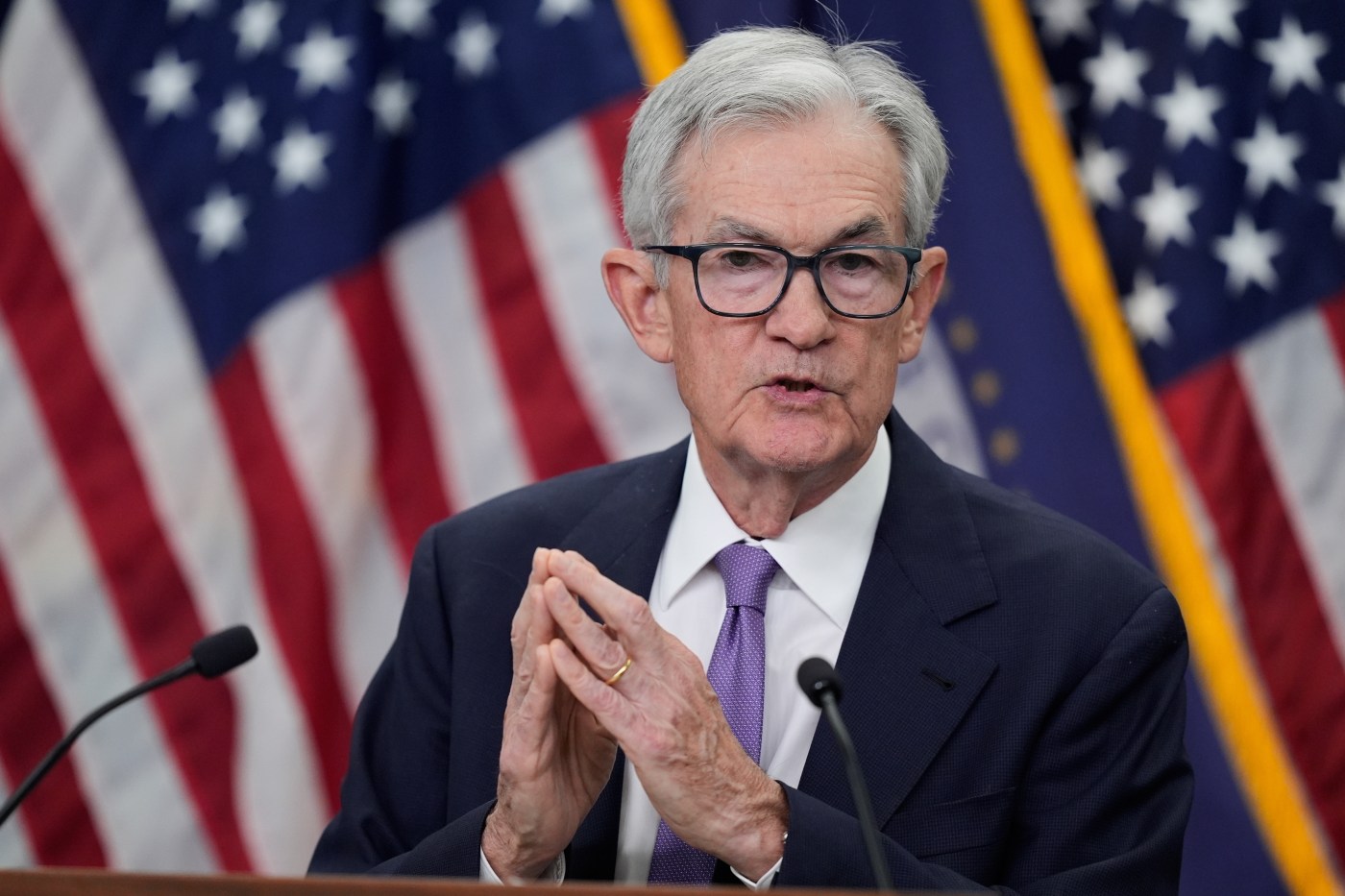UPDATE: The Federal Reserve has just announced a significant cut to its key interest rate for the second time this year, dropping it to 3.9% from 4.1%. This urgent move aims to bolster economic growth and support hiring amid persistent inflation challenges.
In a statement released on Wednesday, officials noted, “Job gains have slowed this year, and the unemployment rate has edged up but remained low through August.” This decision comes as the government has not issued unemployment data following the shutdown, forcing the Fed to rely on private-sector indicators. The Fed’s rate was previously elevated to combat the highest inflation spike in four decades, reaching around 5.3% in 2023 and 2024.
The implications of this rate cut are significant. Lower interest rates could reduce borrowing costs across mortgages, auto loans, credit cards, and business loans, which may stimulate spending and hiring. However, the Fed is navigating a complex landscape, as inflation remains above its 2% target while hiring shows signs of sluggishness.
Fed Chair Jerome Powell emphasized the conflicting goals the central bank faces. “There are strongly differing views about how to proceed in December,” he stated, indicating that any further rate reductions are not guaranteed. The Fed is also halting the reduction of its holdings of securities, a strategy it utilized during the pandemic and the 2008-2009 Great Recession, with changes effective on December 1.
The Fed’s decision to stop shrinking its approximately $6.6 trillion portfolio of securities could have a gradual effect on long-term interest rates, particularly for mortgages. However, this move is not expected to significantly impact consumer borrowing costs.
In a notable divergence, Stephen Miran, a Fed governor, dissented for the second consecutive meeting, advocating for a half-point cut. Conversely, Jeffrey Schmid, President of the Federal Reserve Bank of Kansas City, voted against the rate cut, citing concerns about ongoing inflation.
The political landscape adds another layer of complexity. Former President Donald Trump has been vocal in his criticism of Powell, suggesting a leadership change is imminent. Just this week in South Korea, Trump stated, “He’s out of there in another couple of months,” further fueling speculation about Powell’s future as his term ends in May 2024. Treasury Secretary Scott Bessent confirmed the administration is considering candidates to replace Powell, with a decision expected by the end of the year.
As the Fed grapples with data limitations due to the ongoing government shutdown, its next steps remain uncertain. The financial community will be closely watching for updates, particularly as the Fed’s dual mandate of controlling inflation and supporting job growth continues to clash.
Stay tuned for more developments as this story unfolds. The economic ramifications of these decisions will be felt across the country, making this an urgent situation to monitor.







